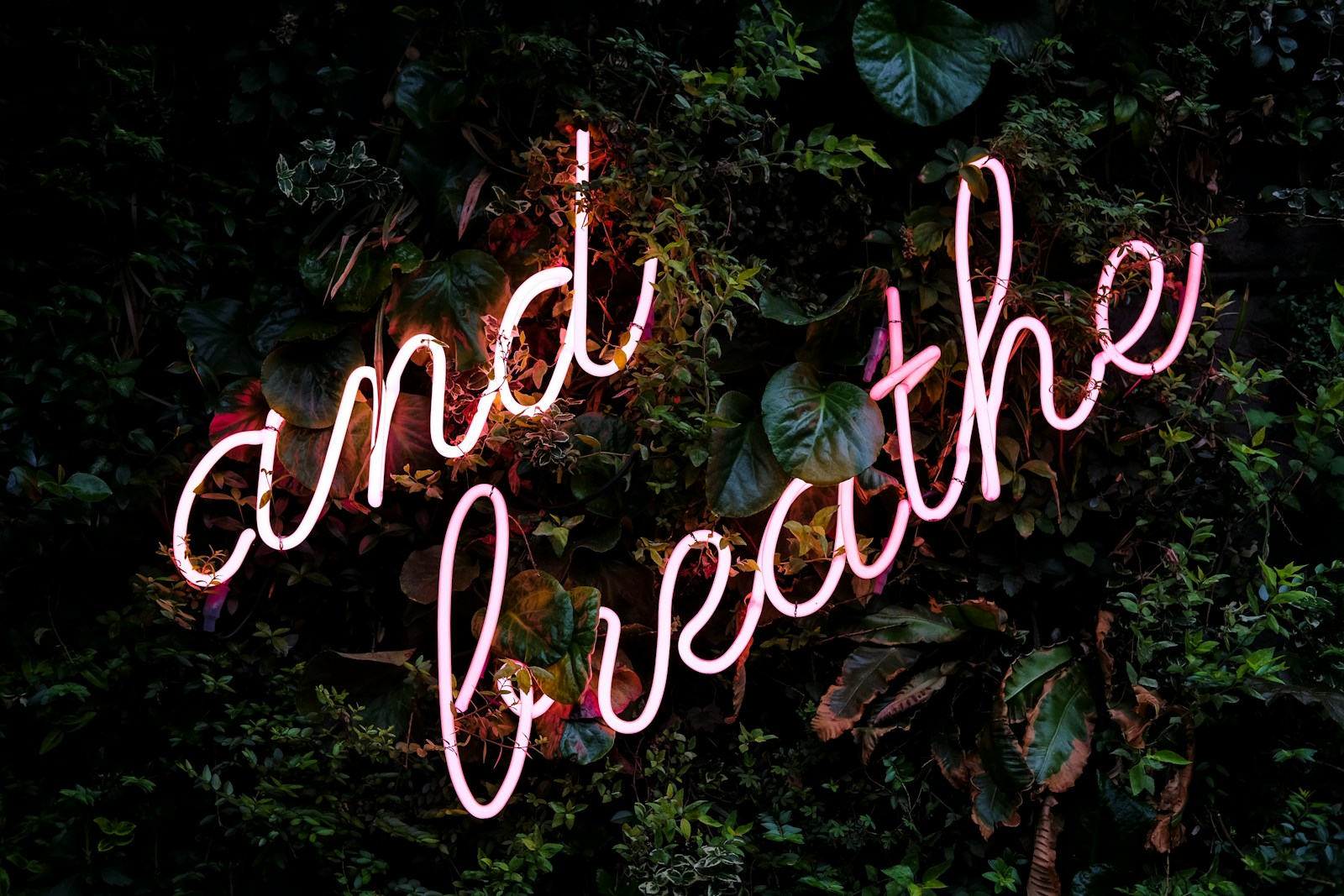In our fast-paced world filled with constant demands and overwhelming pressures, stress can quickly take over our lives. Finding effective ways to manage stress is essential for our mental and physical well-being. One of the most accessible and powerful methods to combat stress is through breathwork techniques. These exercises can bring about a significant transformation, allowing you to regain control and invite a sense of calm into your daily life.
Understanding Breathwork
Breathwork encompasses various techniques that involve conscious control of breathing patterns. By consciously manipulating our breath, we can influence our physiological states and emotional responses, providing relief from anxiety and tension. Unlike conventional breath patterns, which are often shallow and fast during stressful moments, breathwork encourages deep, deliberate inhalation and exhalation.
The Science Behind Breathwork
Research has shown that our breath is intricately linked to our nervous system. When we are stressed, our body enters a fight-or-flight mode, prompting rapid breathing and increased heart rate. Breathwork activates the parasympathetic nervous system, inducing a state of relaxation. Here are some benefits of practising breathwork:
- Reduces Anxiety: Slow, deep breaths can help calm your mind and reduce feelings of anxiety.
- Enhances Focus: Breathwork can improve concentration and mental clarity.
- Promotes Emotional Stability: Regular practice helps regulate emotions and cope more effectively with stress.
- Improves Physical Health: Breath control aids in better oxygen delivery throughout the body, supporting overall health.

Essential Breathwork Techniques to Try
If you’re new to breathwork, incorporating simple techniques into your daily routine can help pave the way toward a calmer and more balanced life. Below are some effective breathwork techniques you can try the next time you’re feeling stressed:
1. Diaphragmatic Breathing
This technique focuses on engaging the diaphragm, which leads to deeper breathing. It can help reduce stress and improve your overall breath capacity.
- Find a comfortable position, either sitting or lying down.
- Place one hand on your chest and the other on your abdomen.
- Inhale deeply through your nose, ensuring your abdomen rises while your chest remains still.
- Exhale slowly through your mouth, feeling your abdomen fall.
Practice for 5-10 minutes daily to feel more grounded and relaxed.
Read About: Top 10 Ways to Reduce Stress in Your Daily Life
2. 4-7-8 Breathing
This technique, popularized by Dr. Andrew Weil, is excellent for reducing anxiety and promoting a restful sleep state.
- Inhale quietly through your nose for a count of 4.
- Hold your breath for a count of 7.
- Exhale completely through your mouth, making a whoosh sound for a count of 8.
Repeat this cycle 4 times to help soothe your mind and body. This technique can be particularly useful before bedtime.
3. Alternate Nostril Breathing
This ancient practice of pranayama helps to balance both sides of the brain and harmonizes the body’s energy.
- Begin by sitting comfortably with your spine straight.
- Use your right thumb to close your right nostril.
- Inhale deeply through your left nostril.
- Close your left nostril with your right ring finger, releasing your thumb from your right nostril.
- Exhale through the right nostril.
- Inhale through the right nostril, then close it with your thumb.
- Exhale through your left nostril.
Perform this exercise for 5-10 cycles to help restore calm and balance.
Read about: Best Workouts to Lower Stress: Embrace Low-Cortisol Exercises
Integrating Breathwork into Your Daily Routine
Incorporating breathwork into your daily life can be simple and rewarding. Here are some tips to help you integrate these techniques seamlessly:
- Set Reminders: Use your phone or sticky notes to remind yourself to practice breathwork at specific times during the day.
- Create a Ritual: Pair your breathwork practice with another daily ritual, such as morning coffee or evening wind-down time.
- Make it Personal: Customize your breathwork routine to suit your needs. Experiment with different techniques to find what works best for you.
Common Challenges and How to Overcome Them
While breathwork is a powerful tool, you may encounter some challenges when starting your practice. Here’s how to tackle them:
1. Difficulty Focusing
Finding it hard to concentrate? Set shorter sessions at first, focusing on just a few minutes of practice. Gradually increase the duration as you become more comfortable.
2. Physical Discomfort
If any exercises cause discomfort, listen to your body. Adjust your position or shorten the duration until you find a comfortable practice.
3. Feeling Overwhelmed
Breathwork can sometimes bring up strong emotions; if this happens, allow yourself to feel these emotions without judgment. It’s part of the healing process.
Final Thoughts: Embracing Calmness Through Breathwork
Incorporating breathwork into your routine can open a pathway to stress reduction and a more peaceful existence. By committing to consistent practice, you can transform your ability to manage stress and cultivate a greater sense of calm in your life.
Remember, the key to mastering breathwork is consistency and patience. With time, you’ll find yourself more resilient against stress, enabling you to navigate the challenges of daily life with grace and ease.
Start today—take a deep breath, relax your shoulders, and embrace the calming power of your breath. Your journey to a calmer life begins now.
Embrace the Benefits of Yoga: A Guide to Essential Poses
Yoga is a practice that offers numerous physical and mental benefits, making it a popular choice for those seeking a holistic approach to health and wellness. In this article, we’ll explore five essential yoga poses: Child’s Pose, Downward Facing Dog, Cat-Cow, Legs Up the Wall, and Corpse Pose. Each pose will be accompanied by a YouTube video for visual guidance, a detailed description of how to perform the pose, and an explanation of its benefits.













